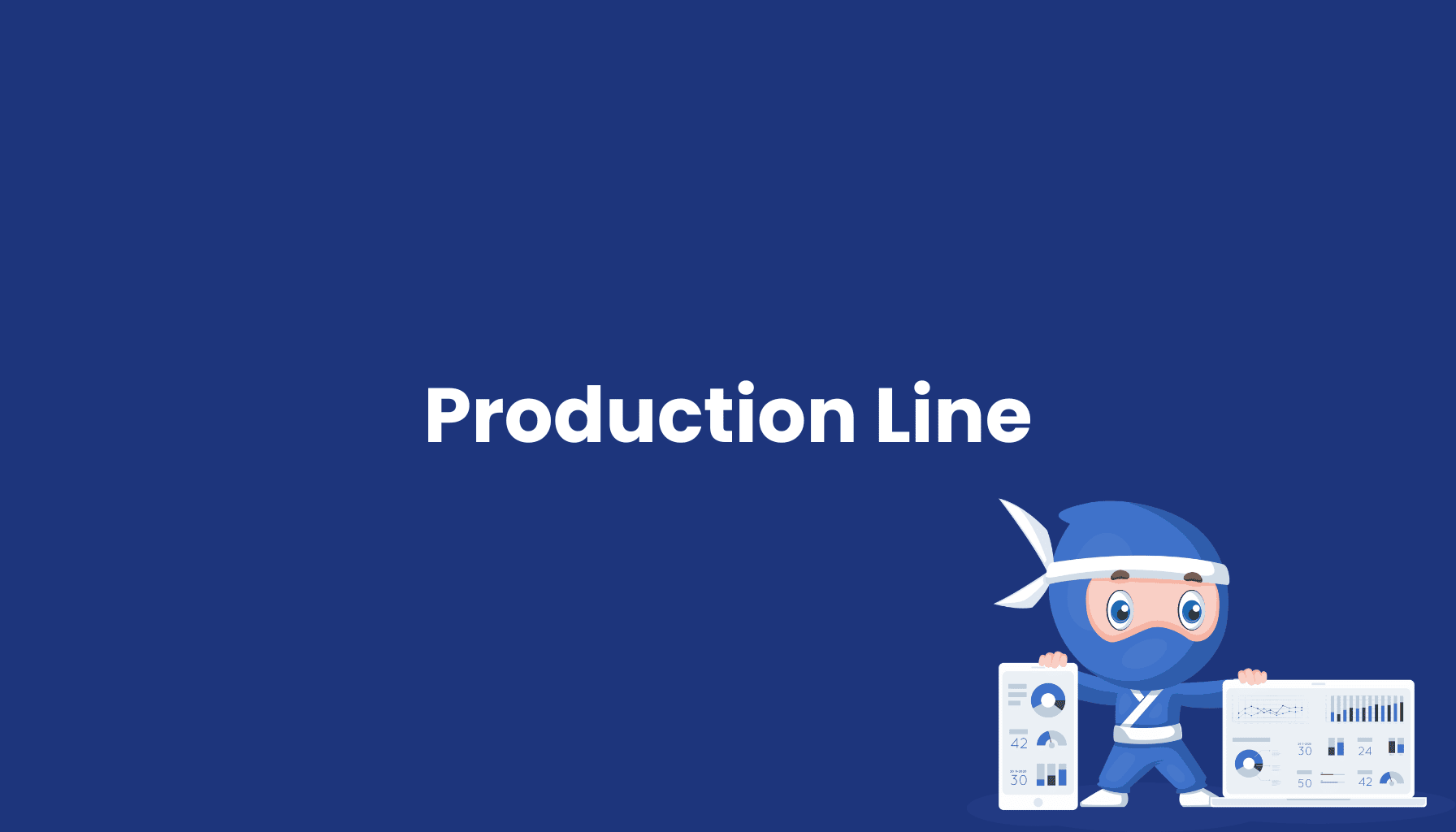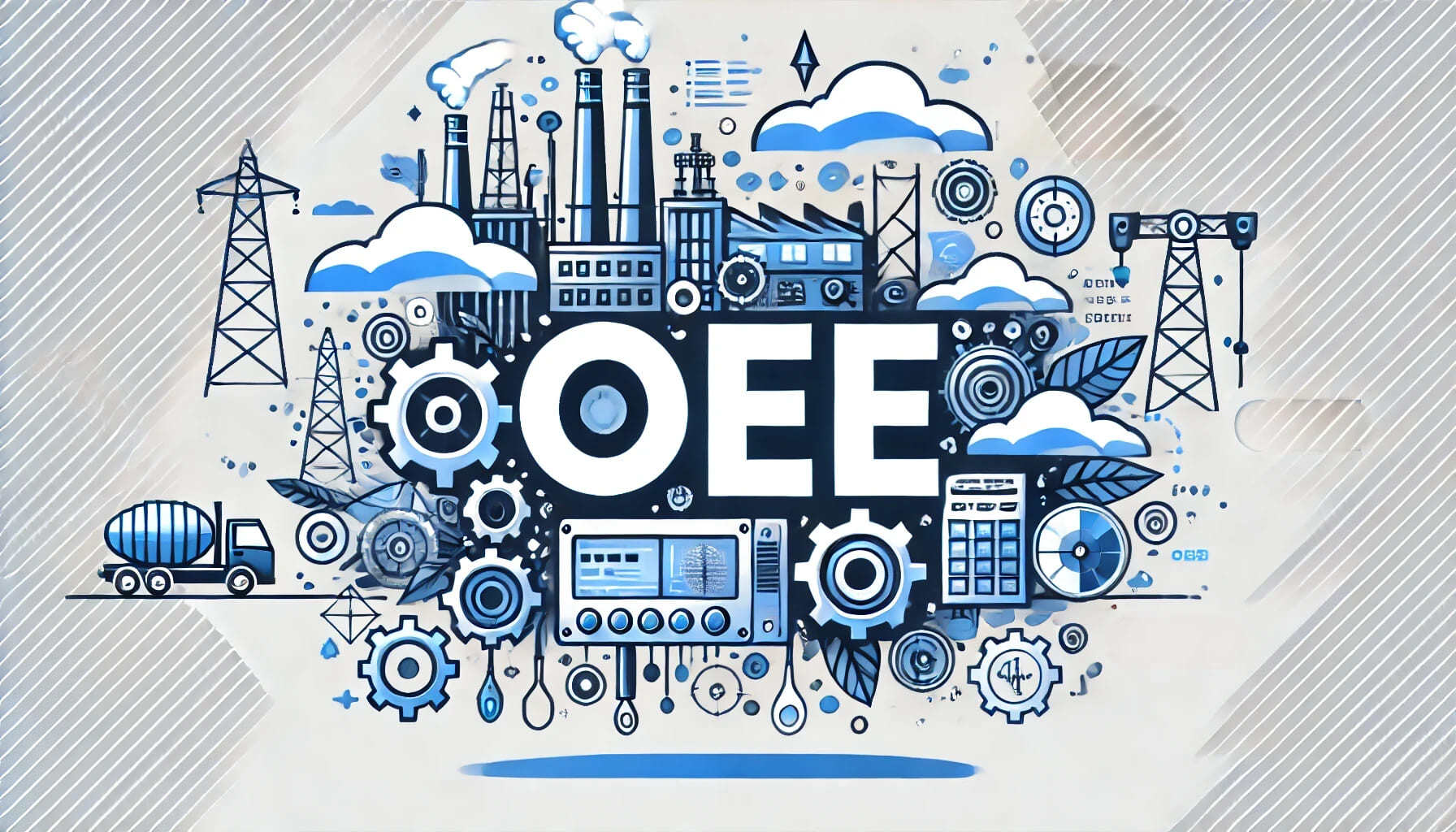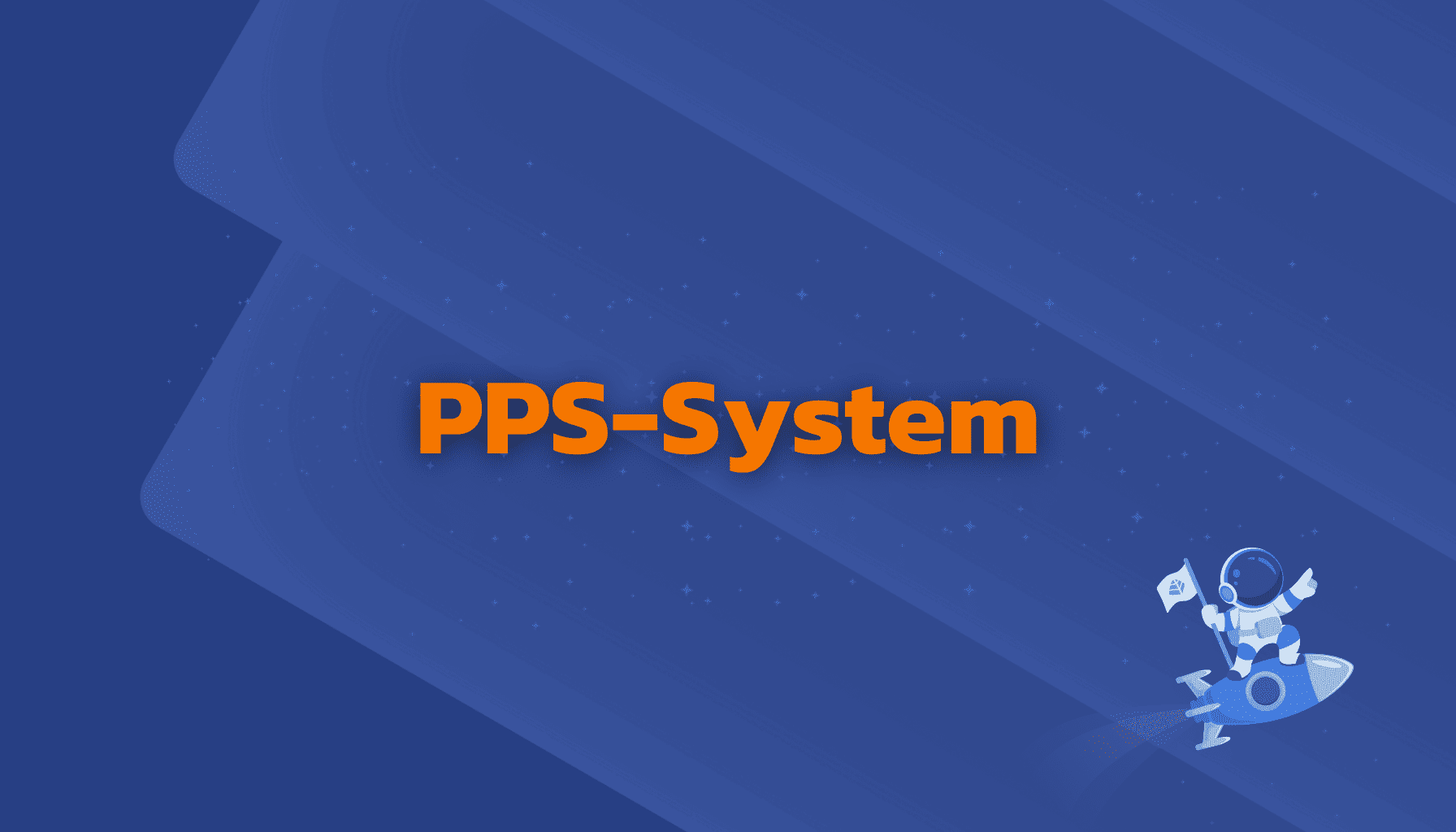Production Line

What is a Production Line?
A production line, also known as an assembly line (in English: production line), is a structured arrangement of workstations, machines, and equipment designed to manufacture products in large quantities. In a production line, each task is carried out sequentially and systematically, ensuring that a product moves along a clearly defined manufacturing path from initial processing to final assembly.
Modern production lines increasingly rely on automation and digital control systems to maximize efficiency and maintain consistent product quality. The primary purpose of a production line is to enable a smooth, uninterrupted production process with minimal delays or downtime.
Features and Functionality of a Production Line
The structure and operation of a production line can vary depending on the industry and the type of product being manufactured. However, most production lines share several key features:
1. Workstations:
Specific tasks or assembly steps are carried out at designated stations along the production line.
2. Machines and Robots:
Automated systems perform repetitive or precise tasks, increasing efficiency and accuracy.
3. Conveyors and Transport Systems:
Products are moved seamlessly from one station to the next using conveyor belts or other transport mechanisms, ensuring a continuous flow of materials.
4. Automated Control Systems:
These systems monitor and regulate production line operations in real time, minimizing errors and optimizing performance.
By integrating these elements, production lines are designed to work efficiently and systematically, reducing interruptions and maintaining a steady workflow.
Advantages of a Production Line
Implementing a production line offers numerous benefits, particularly in terms of cost-effectiveness and production quality:
1. Increased Efficiency:
By organizing tasks systematically and utilizing modern technologies, production lines significantly reduce production time and boost overall productivity.
2. Cost Reduction:
Optimized workflows and automation minimize bottlenecks, waste, and inventory requirements, resulting in significant cost savings.
3. Consistent Product Quality:
Standardized processes ensure that all products meet uniform quality standards, reducing defects and rework.
4. High Flexibility:
Modern production lines can be quickly adapted to manufacture new products or respond to changing production demands, enhancing business agility.
5. Scalability:
Production lines can be scaled up or down depending on market demand, providing businesses with the ability to meet varying customer needs efficiently.
Examples of Production Lines
Production lines are used in various industries, each tailored to specific manufacturing needs. Here are some examples:
1. Automotive Industry:
Automobile production lines include multiple stages, from body assembly to engine installation and final vehicle assembly.
2. Food Industry:
Production lines are used to process raw ingredients, package food products, and prepare them for distribution.
3. Electronics Manufacturing:
Electronics production lines combine precision machinery and manual interventions to assemble complex devices such as smartphones and computers.
Types of Production Lines
Depending on the product and manufacturing requirements, there are different types of production lines:
1. Assembly Line Production:
A traditional method used for mass production, where products are moved along a conveyor and assembled in a fixed sequence.
2. Flexible Production Lines:
These lines are designed to produce varying product types or quantities, making them ideal for companies with diverse product portfolios.
3. Manual or Semi-Automated Production Lines:
For smaller-scale operations or specialized products, part of the work is performed manually, with machines providing support.
4. Fully Automated Production Lines:
These rely entirely on automated systems to handle every aspect of the production process, making them suitable for high-volume production.
How to Choose the Right Production Line
Selecting the appropriate production line involves evaluating several factors:
- Product Type: What type of product is being manufactured, and what specific production steps are required?
- Production Volume: Can the line handle the desired output efficiently?
- Flexibility: Can the line be adjusted for new products or changing production requirements?
- Technology: Does the line incorporate modern technologies such as automation, IoT, or AI?
- Costs: What are the initial investment and operating expenses associated with the production line?
Production Lines in Industry 4.0
The advent of Industry 4.0 has revolutionized production lines, introducing digital technologies that enhance efficiency, flexibility, and transparency.
1. Internet of Things (IoT):
Sensors embedded in machines and equipment collect real-time data about the production process. This data helps identify bottlenecks and enables predictive maintenance to prevent downtime.
2. Artificial Intelligence (AI):
AI systems analyze production data, identify areas for optimization, and manage material flow in real-time, improving overall efficiency.
3. Big Data:
By analyzing large datasets, companies can make informed decisions to reduce costs, improve product quality, and streamline operations.
These innovations make production lines smarter and more adaptable, allowing businesses to meet the demands of dynamic markets.
Methods to Optimize Production Lines
1. Lean Manufacturing:
A strategy focused on eliminating waste and maximizing resource efficiency to streamline production.
2. Just-in-Time (JIT):
Materials and products are delivered exactly when needed, minimizing inventory costs and reducing waste.
3. Total Productive Maintenance (TPM):
This method emphasizes equipment maintenance to prevent unexpected breakdowns and ensure smooth production.
Conclusion
A production line is the backbone of modern manufacturing, especially for industries requiring high output and standardized processes. By leveraging advanced technologies and well-structured workflows, production lines enable businesses to achieve cost savings, improve quality, and adapt to changing demands.
With the rise of Industry 4.0, production lines have evolved to incorporate smart technologies such as IoT, AI, and automation, making them more efficient, flexible, and intelligent. Companies that invest in optimizing their production lines can stay competitive, respond to market changes effectively, and ensure long-term success.





